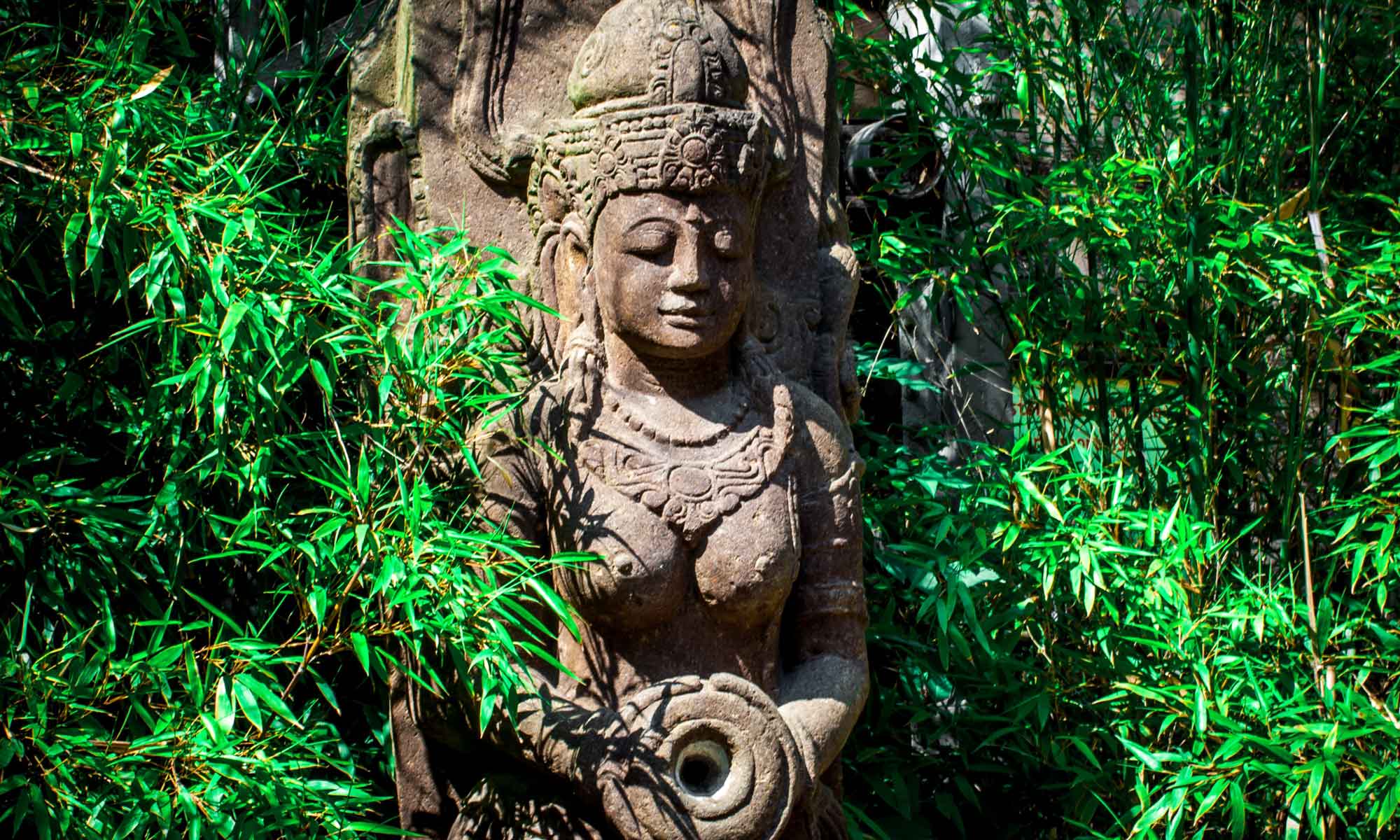“Teachings of Water Spirit ~ A Panel of Elders Honouring Water”
May 6 at 2023 ASWM Conference in Syracuse NY

Three Elders grounded by river and sea, beach, marsh and wetland, woodland and prairie, share their notions of water as spirit. Here, the teachings of the matriarchs they have learned from are entwined within their lives—these three immense elder teachers provide a forthcoming lesson as they come together to share tea and reveal their love of Water through song and story.
Join Miigam’agan, Esgenoôpetitj, Mi’kma’ki, Wabanaki Nation; Marjorie Beaucage, Duck Lake, Saskatchewan, Michif Homelands; and Douglas Cardinal, Ottawa, Ontario, Algonquin Territory, as they share their thoughts and directives for Water, and for the children yet to come.

Miigam’agan – Mi’kmaq Elder is a Wabanaki/Mi’kmaw grandmother of the Lobster Clan from Esgenoôpetitj or Burnt Church, NB. She is a mother of three wonderful adults and grandmother to five beautiful grandchildren. Much of her life has been devoted to the revival of Wabanaki culture and the Mi’kmaq language; she dedicates time to promoting an understanding of Indigenous matriarchal systems and the relevance of Mi’kmaq, her ancient language defining matrilineal and matrifocal ways. Miigam’agan shares with learners around the globe, Grandmother Teachings on the stages of life found in human developmental cycles, and the cultural history and ceremonial roles and practices of women and men, as defined by her knowledge of this ancient language and the teachings of her ancestors.

Marjorie Beaucage is a Two-Spirit Michif elder, filmmaker, artist, activist and educator. She is a land and water protector, a carrier of stories, and of ceremony. Born in Vassar, Manitoba, to a large Métis family, Marjorie’s life’s work has been about creating social change, working to give people the tools for creating possibilities and right relations. Whether in the classroom, community, campsite or the arts, Marjorie’s goal has been to pass on the stories, knowledge and skills that will make a difference for the future. For Marjorie, story is always medicine. Marjorie is an water protector, a water walker and an elder guide for the Saskatchewan River Water Walk (2021-2024), and she shares her story of why water needs our protections.

Douglas Cardinal is best known as a world-renowned master architect and an Anishinaabe Lodge Keeper and Pipe Carrier who has deep connections with Indigenous peoples around the globe. Born in 1934 in Calgary (Alberta, Canada), his ancestry encompasses Siksika (Blackfoot) and a Scot’s background mixed with French, German, and Algonquin descent. As Cardinal’s Blackfoot father was considered a pagan by the colonial authorities, his mother was forced to send him to the Catholic boarding school of St. Joseph’s Convent so he could be made into ‘a good catholic.’ Under extreme emotional and physical duress, and out of despair, Douglas found solace and inspiration in the arts. He particularly excelled in music (he completed the Piano -Ontario Conservatory of Music training) and drawing. The influence of his mother ensured Douglas Cardinal a place where his natural talents would be recognized and best served in the field of architecture.
Dr. Margaret Kress, University of New Brunswick, is the Michif scholar facilitating the Elder Panel. Margaret highlights matricultural reclamation found in ecologies, languages, cultural pedagogies and traditional justice. As a Michif scholar, teacher and researcher, she engages with transformative, inclusive and Indigenous knowledge systems, keepers and nations.

Our thanks to the Worldwide Indigenous Sciences Network for their grant support for this special plenary panel.










You must be logged in to post a comment.